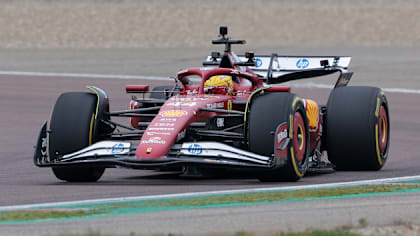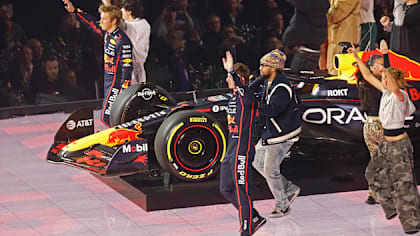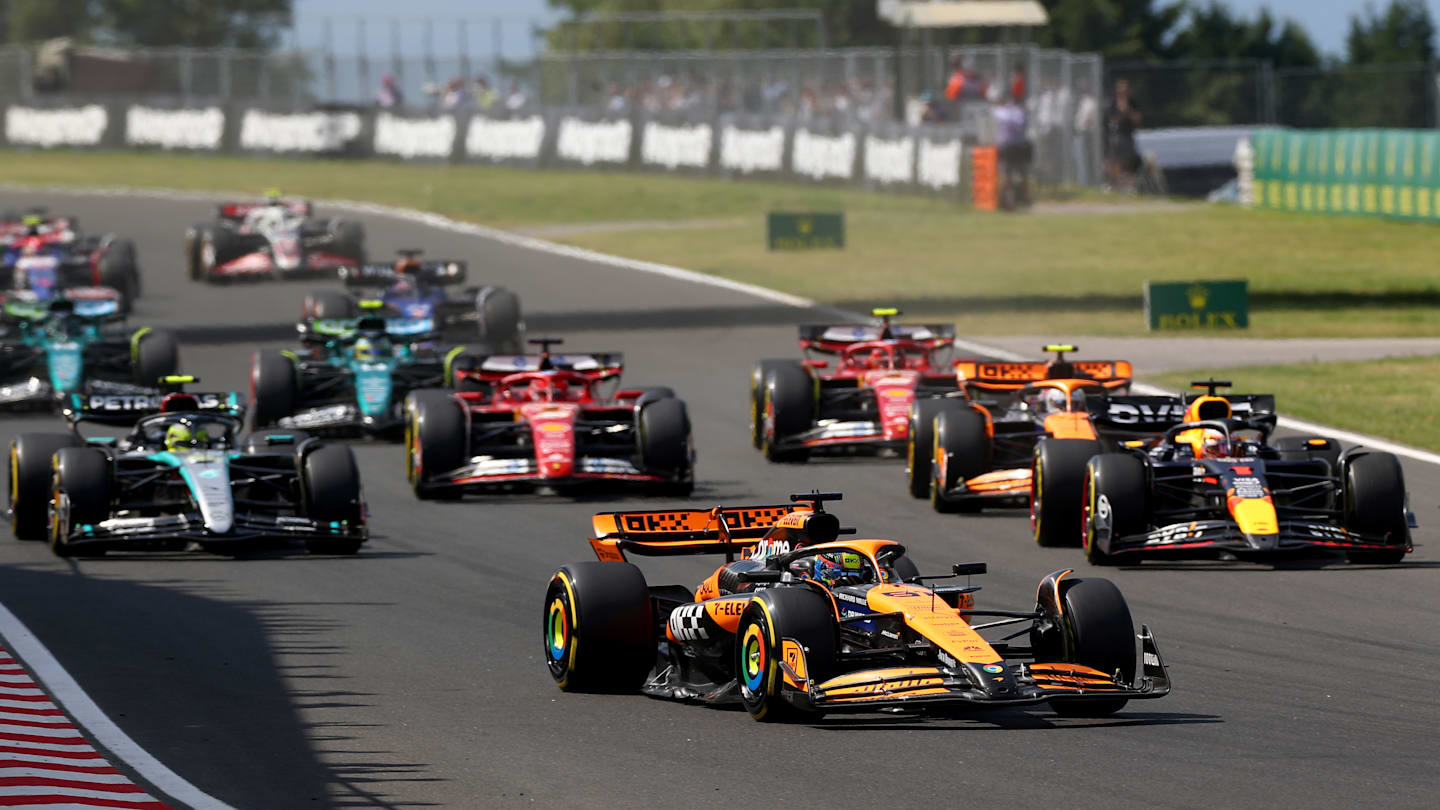
Feature
From fastest lap to increased rookie running – 7 rule changes you need to know for the 2025 F1 season

Share

One year out from a major overhaul of the technical regulations, you’d be forgiven for thinking that nothing is changing this year. But there are still a number of tweaks to the rules for the 2025 F1 season, and here we run you through the main ones that are worth knowing about.
1. The removal of the fastest lap point
Since 2019, a driver finishing in the top 10 could earn a bonus point by setting the fastest lap of the race. Sometimes that meant drivers would still be pushing late on trying to take the accolade, or even make late pit stops for fresh rubber to increase their return.
READ MORE: All you need to know about the spectacular launch event at The O2
But it also opened up the possibility for a car outside the top 10 to pit and take the point away from another driver, even if they weren’t going to score themselves. And with the bonus sometimes proving a controversial topic, the decision was taken to remove it from the scoring system this year.
The rest of the points system remains unchanged, with the top 10 drivers scoring in a Grand Prix, and the top eight in a Sprint.
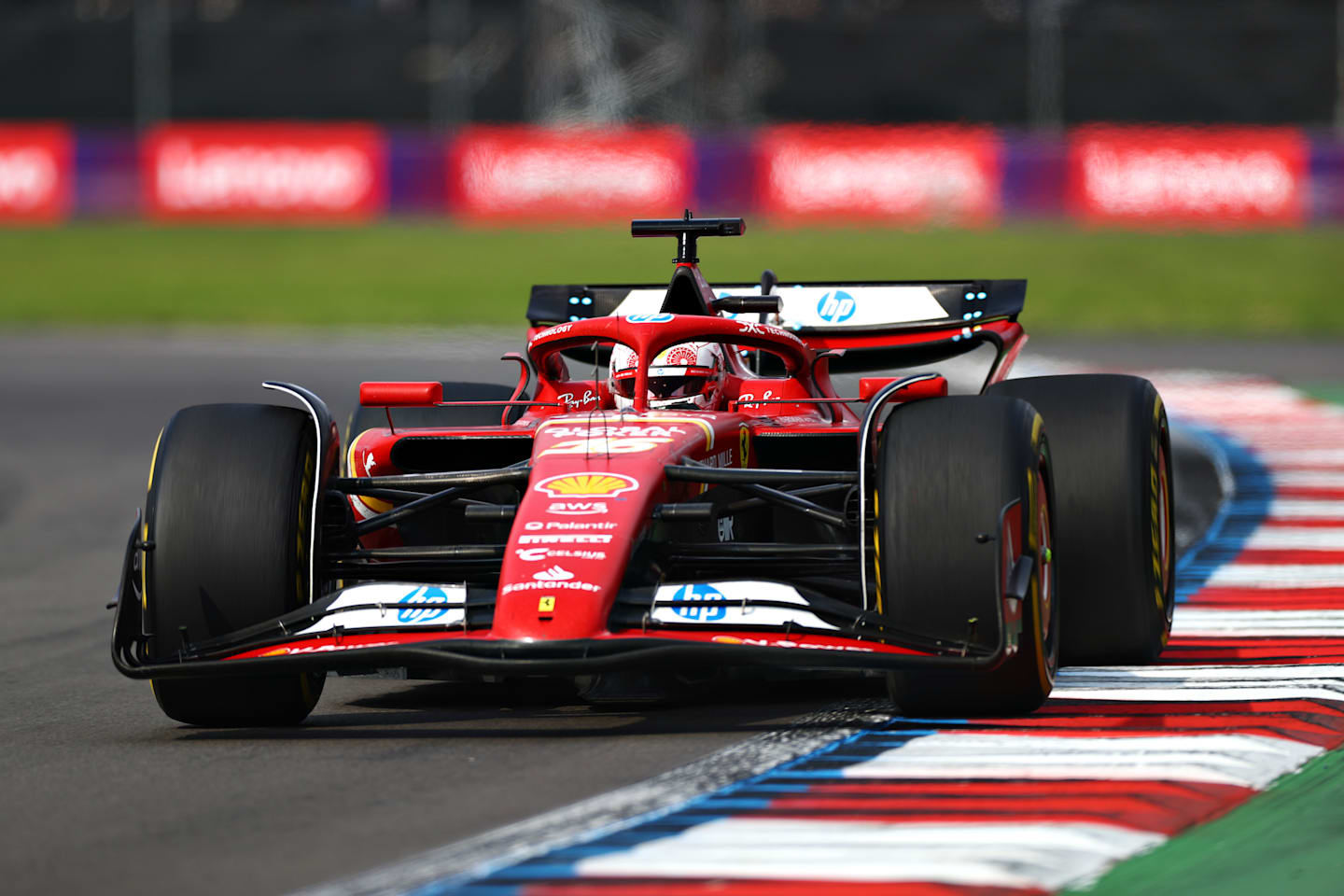
The fastest lap point has been scrapped for 2025
2. Driver cooling systems
If a weather forecast predicts temperatures of 31C or above at some time during a Sprint or Grand Prix, a Heat Hazard can be declared. Teams will subsequently be notified by the FIA of the declaration and will be required to fit a mandated driver cooling system.
This, in turn, leads to an increase in the weight limit of the cars with two different limits applied – an additional 2kg for practice, Qualifying and Sprint Qualifying sessions, but a total of +5kg for a Sprint or Grand Prix.
The two different weight limits are in place to allow teams to fit the base system to ease workloads, but without needing to fill it with cooling fluid – as it is not considered necessary to mandate use of the system in a practice or qualifying type session due to the shorter run nature of these sessions.
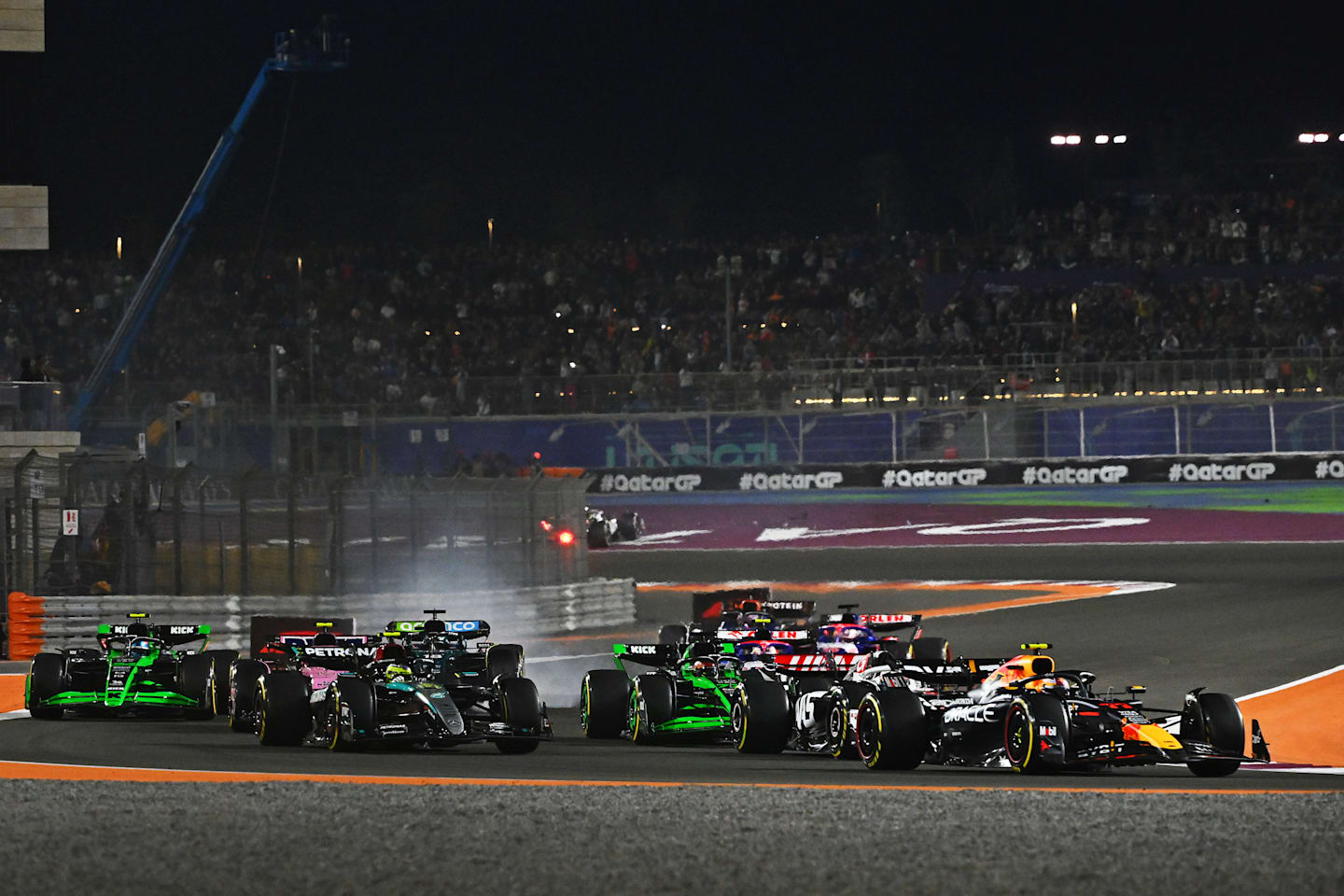
Driver cooling systems will be mandated in 2025 once a Heat Hazard is declared
A driver cooling system is “defined as a system, the sole purpose of which, is to provide additional cooling for the driver”, and is set to be delivered in the form of a fireproof shirt that allows a fluid to be pumped around a series of tubes. It also includes a pump, plumbing and a thermal store to generate the cooling (such as an ice block).
3. Limits to race drivers testing old cars
A year ago, there was a tweak to the Testing of Previous Car (TPC) regulations as teams had to use components that had run during a race weekend at least once. This time around, the changes relate to the drivers getting behind the wheel.
While teams can carry out up to a maximum of 20 days of TPC running in any given calendar year, their race drivers are only allowed to take part in four such days, during which they are not allowed to exceed 1000km of running in total.
Why you should be excited for the 2025 season
The restriction only relates to TPC track time – using a car that is at least two seasons old – and not tyre testing or promotional running with current machinery.
Teams are also only allowed to have one TPC car available to run during a test at any one time.
4. More running for rookies
The mandatory FP1 running for rookie drivers has been expanded for 2025, ensuring double the amount of track time during a race weekend for those who have participated in no more than two F1 races in their career.
Teams have had to run a rookie at least once in each of their cars – so on two occasions in total – each season since 2022, but as of this year that number increases to twice per car. So, with each team made up of two cars, that means four occasions during the year when they will run an inexperienced driver for the first practice session of a weekend.

There will be increased rookie running opportunities in 2025
5. Tighter restrictions on DRS designs and wing deflections
The FIA has tightened up the technical regulations surrounding the rear wing and DRS (Drag Reduction System), with the main changes focusing on defining the state of deployment and restriction to only two positions (closed and open).
This has been brought in to close off “mini-DRS” concepts – where the top elements of a rear wing tilt backwards at speed to reduce drag.
READ MORE: F1 announces race start times for 2025 season
There will also be more stringent testing of the rear wing slot gap to limit how much deflection is acceptable, up from an applied load of 10 newtons to 30 newtons.
Other related areas that are still pending approval by the F1 Commission include a new deflection limit on the upper rear wing, to reduce the gap allowed between the rear wing profiles and the rear wing tips. Similarly, stricter limits on front wing deflection limits to be introduced from Round 9 (Barcelona) onwards are still to be approved.
F1 Explained: Aerodynamics, drag and DRS
6. Tweaks to qualifying classifications
Last year’s Sao Paulo Grand Prix raised the possibility of qualifying not being possible due to the weather, and it has now been written into the regulations that, as long as the stewards accept that a qualifying session can’t take place, the grid for the race will be defined based upon the Drivers’ Championship classification.
The same applies for a Sprint Qualifying session not being able to take place. In both cases, if the Drivers’ Championship order can’t be used (such as at the first round of the season) then a grid order will be decided at the stewards’ discretion.
READ MORE: 5 things to be excited about as F1 gears up for the 2025 season
The way a qualifying classification will be reached in the event of multiple drivers failing to set a time in Q2 or Q3 (or SQ2 or SQ3) has also been clarified.
While drivers will continue to be ordered based on whether they started a flying lap, ahead of those who left the pits to make an attempt, if there are any drivers who don’t set a lap time and can’t be separated by those metrics, then the order from the previous segment of the session will be used.
As an example, if two drivers start flying laps in Q3 but fail to complete them due to a red flag and don’t set a time, then they will be classified in the order based on who was fastest between them in Q2.
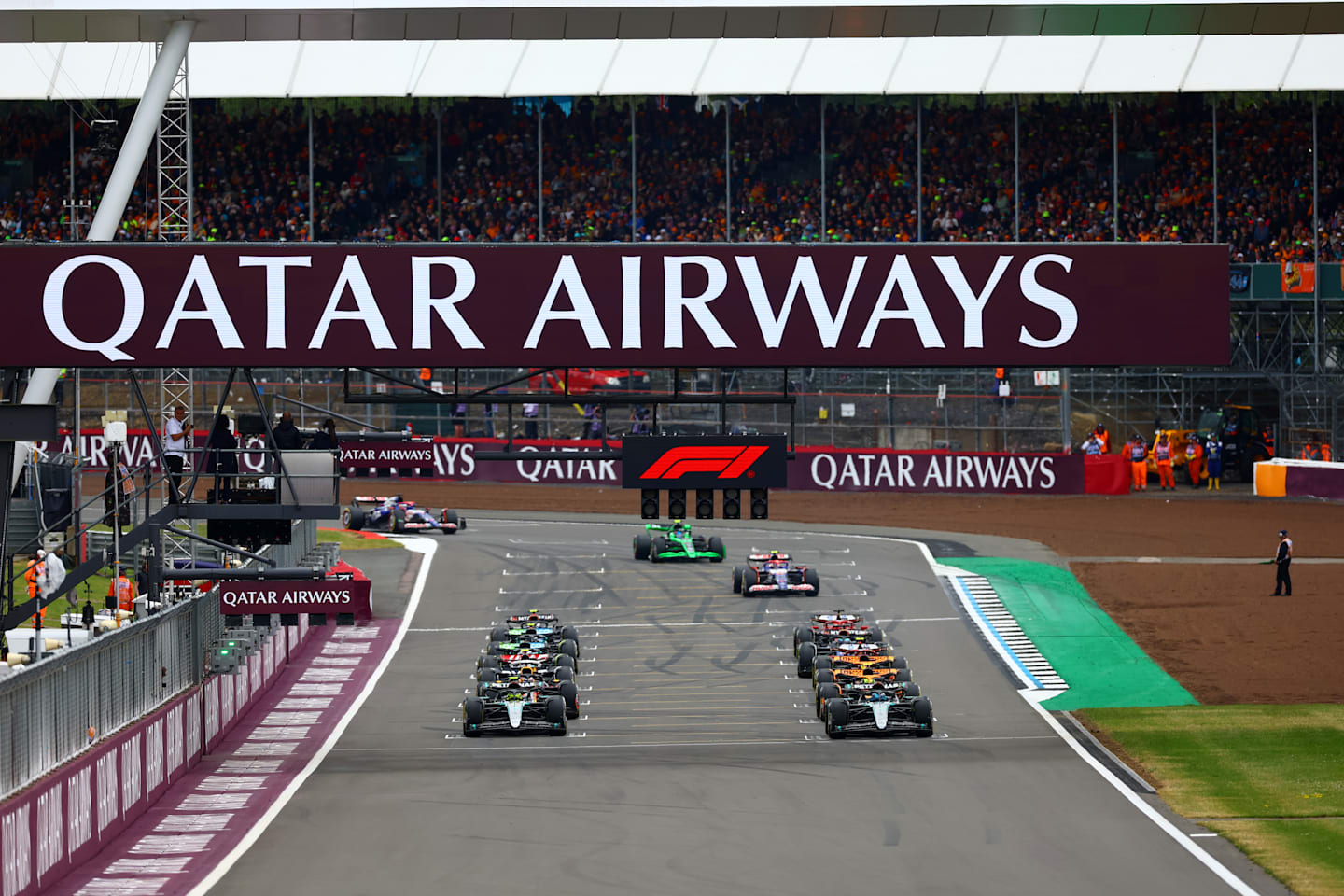
Tweaks have been made to qualifying classifications for 2025
7. A mule car tyre test
The end-of-season test in Abu Dhabi will take on a slightly different form this year, due to the major change in regulations that will come into force in 2026.
While the Young Driver Test will run as usual – with a current car being used by a driver who has started no more than two Grands Prix – the second car has to be a mule car that is adapted for the purpose of testing the 2026 tyres.
Those tyres will be of a different dimension and specification to the 2025 Pirelli rubber, and the expected performance characteristics of the next generation of cars will also differ, so teams can use either their 2025 car, or any car falling within the previous four years, that has been “suitably modified for the purpose of providing the appointed tyre supplier with a means of track testing of its future products”.
ENJOYING F1.COM? TELL US MORE
Whether you're loving the F1 website and app, or there are changes you'd like to see, we want to hear from you. Take our two-minute survey now...
DISCOVER MORE...
POLL: Vote for your favourite 2025 livery following their F1 75 reveals
IN PHOTOS: Every 2025 F1 car livery after their spectacular F1 75 Live unveilings
LIVESTREAM: Re-watch all the action from the groundbreaking F1 75 Live launch event
MUST-SEE: Get an enticing behind-the-scenes look at Apple Original Films' upcoming 'F1' movie
YOU MIGHT ALSO LIKE
News F1 Exhibition to land in Amsterdam as next host city
Image GalleryF1 Unlocked GALLERY: Check out Aston Martin’s AMR25 livery after F1 75 Live reveal
Image Gallery GALLERY: Ferrari SF-25 hits the track for the first time at Fiorano
VideoF1 Unlocked WATCH: Red Bull reveal their 2025 car livery in spectacular style during F1 75 Live
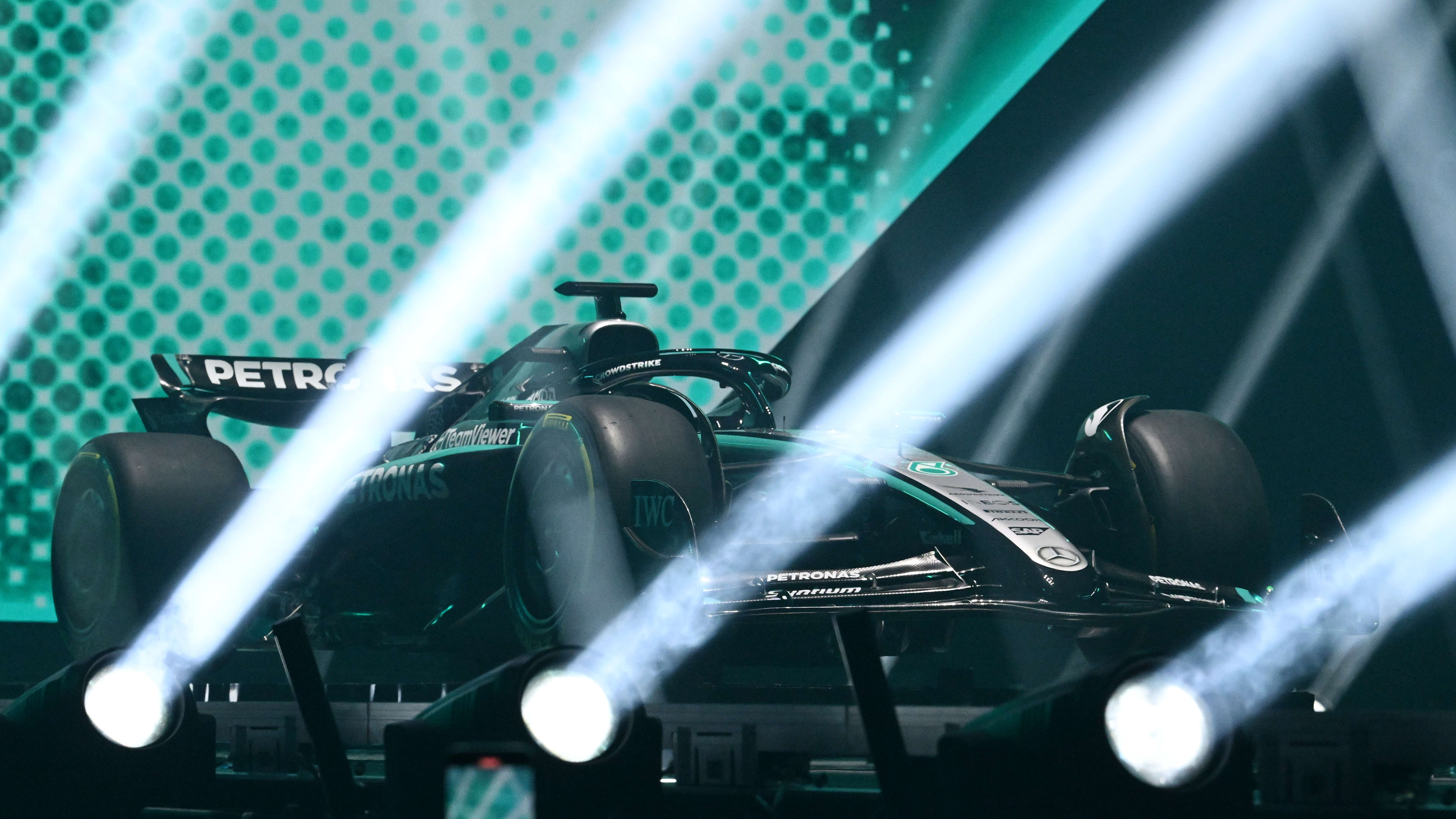
)
)
